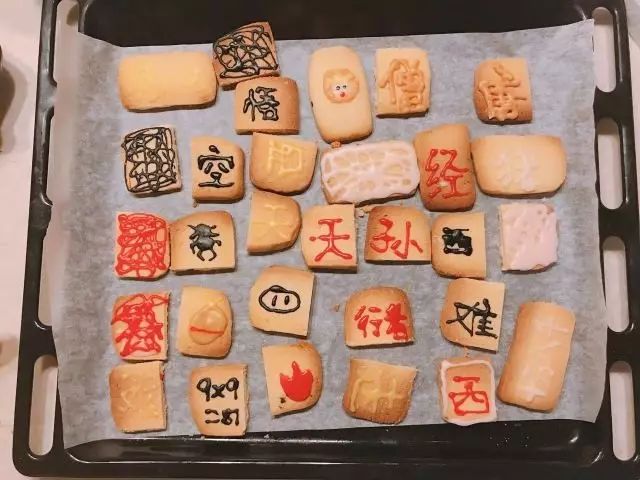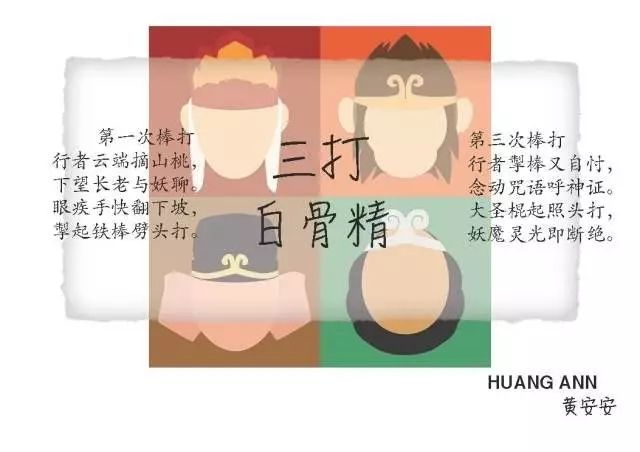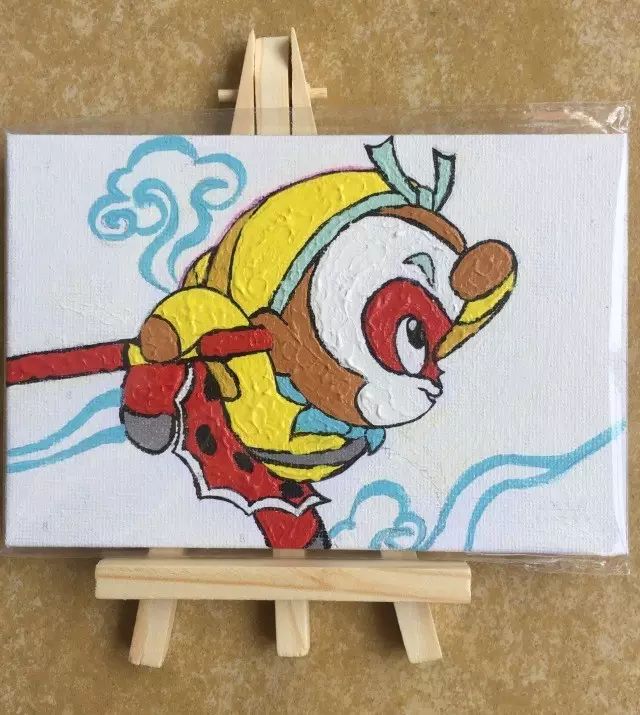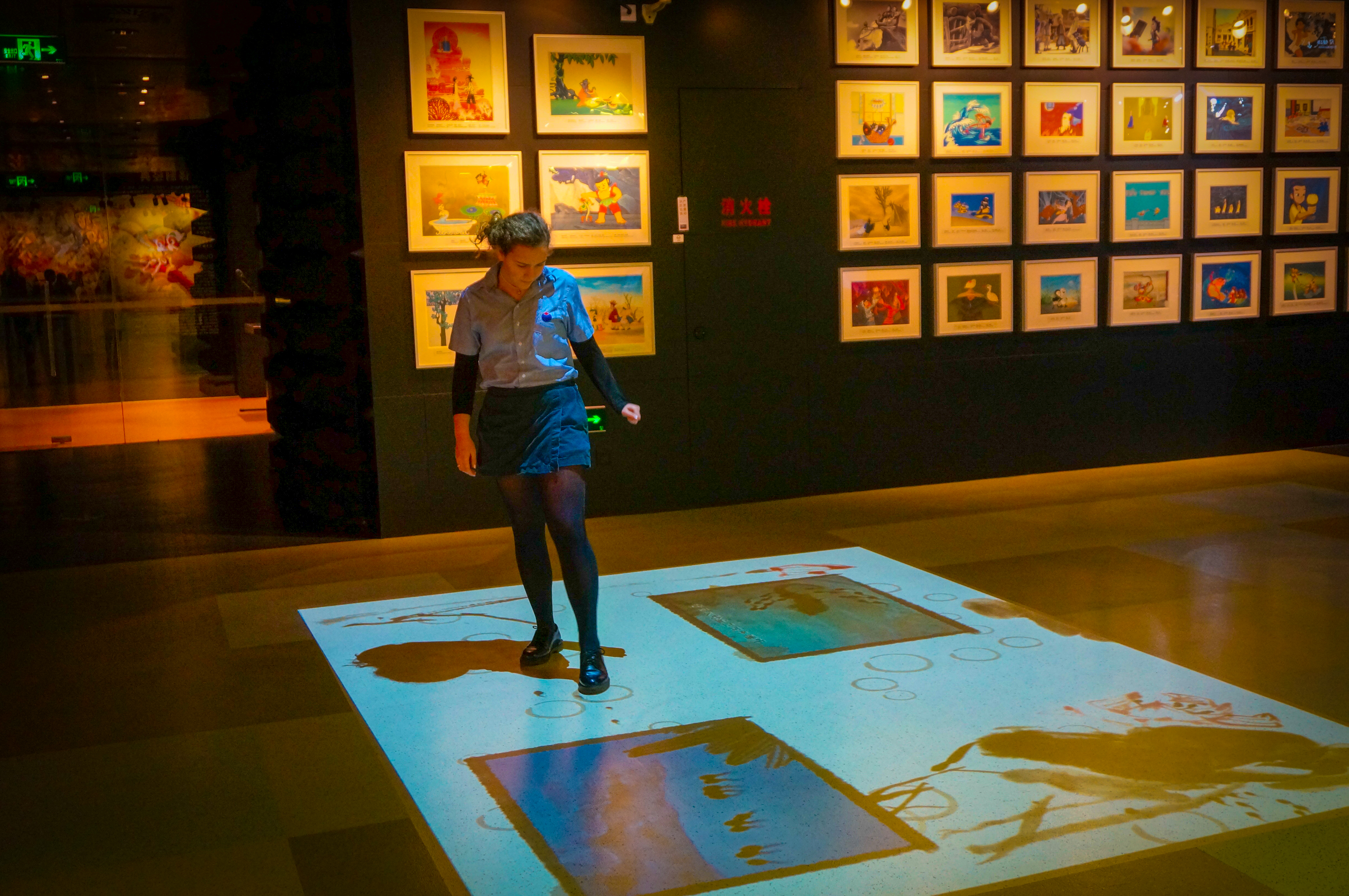








—Anna Chen
”

—Nikita & Catherine
”

— Kevin Du
”
—Elena
”
—Mary Liu
”
— Ann Huang
”

— Hayley Chu
”


Year 9 students are learning all about “Chinese Animation Movies” and their history in our Chinese Studies classes, including traditional Chinese art skills which are applied in modern animated films. Today, they went to Shanghai Movie Museum to explore this in greater depth.
 During this trip, the students watched a movie talking about the history of Chinese animation, played with the interactive installations, and attended a workshop led by Chinese famous artist, Ms. Xia Jing. After listening to Ms. Xia’s introduction of Chinese ink painting techniques, the students created their own art work with brush and ink. The quality, skill and sensitivity of their works were commended by the artist.
During this trip, the students watched a movie talking about the history of Chinese animation, played with the interactive installations, and attended a workshop led by Chinese famous artist, Ms. Xia Jing. After listening to Ms. Xia’s introduction of Chinese ink painting techniques, the students created their own art work with brush and ink. The quality, skill and sensitivity of their works were commended by the artist.
 With newly found enthusiasm for this medium after today’s visit to the museum, we are excited about next week’s Chinese Studies classes and anticipate some ‘animated’ discussions about the future of animation in China from our brilliant Year 9 students.
With newly found enthusiasm for this medium after today’s visit to the museum, we are excited about next week’s Chinese Studies classes and anticipate some ‘animated’ discussions about the future of animation in China from our brilliant Year 9 students.
Y7: Chinese traditional games (collaborate with PE Department)
Y7 students have designed their own games
Y8: Chinese luna calendar (collaborate with math Department)
Y8 students have designed their own calendars for the Monkey year
Y9: Seal Carving (collaborate with DT Department)
Y9 students have designed some wonderful seal carvings
We’ve learnt some interesting topics in this month. Let’s enjoy it!:)
Y7: Window Design – Suzhou Garden (collaborate with DT Department)
Chinese Characters – Poetic Symbols (collaborate with English Department)
Y8: Chinese chess (collaborate with PE Department)
Y9: Riddles (collaborate with English Department)
Y9 students have designed some Chinese riddles and some students from other year level tried to guess the riddles
CAL-L2 are making posters about classifying objects they may find at a supermarket.
A CAL-L7 student is making a presentation about urbanization in Shanghai.
CAL-L2 students are having a field trip to a local market.
CAL-L1 students are doing a survey about how to go to school.
An IGCSE CAL-L1 Year 10 student is reading characters.
IGCSE CAL-L1 students are doing a matching game.
CAL-L5 students are role playing their text.